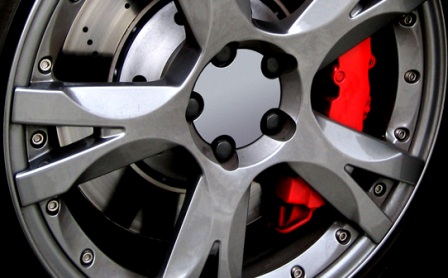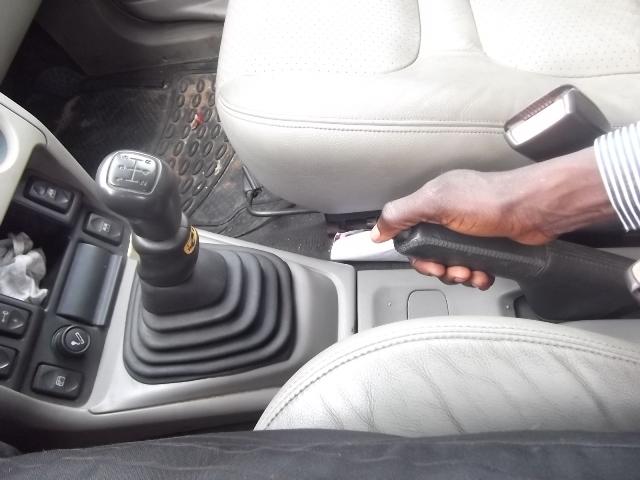[dropcap]A[/dropcap]s I said last week, any sign of brake failure is not to be taken lightly. This special edition started with my brake failure experience while riding a bicycle.
 Welcome to another edition of Auto Clinic, courtesy of Motoring World International.
Welcome to another edition of Auto Clinic, courtesy of Motoring World International.
As explained last week, most automobile problems, including brakes, gives warning signs, in form of symptoms. You need to know them. Continued from last week, other symptoms of automobile brake problems and what to do about them are stated below:
- Car Shakes, Whenever Brake is applied: Do you experience your entire vehicle body shaking whenever you apply the brake? This is a symptom of brake problem. This is about the simplest problem, though. I mean it is not as serious as others. However, if not attended to on time, it can dig deep holes into your money wallet.
Usually what that shaking could mean is a problem with the rare brakes.
Before rushing to a mechanic, there is a way you can test and certify that it is the rare brake. Get the car to an area, where there is not much human and vehicular traffic. Speed no more than 30km/hour and apply the parking brake. Why the parking brake?
Answer is simply because it works with the rare brakes. In other words, whenever your parking brakes becomes ineffective, it is either your rare wheels brake pads or brake drums are won.
Caution: Testing the problem, press the release bottom at the top end of the parking brake and hold it down until you release the parking brake back in place. If you pull it up and let go the release button, your rare brake might get locked, which is dangerous.
So if the body shake is caused by the rare brake, it will happen, as soon as you activate the parking brake on motion.
Solution: Having certified what the problem is, solution is to measure brake drum to know if it needs to be replaced or simply resurfaced.
- When Brake Pedal Goes Soft: It could happen that your brake pedal starts to get softer than usual. Don’t take it as an improvement. It is a symptom that danger is imminent. If not attended to, you could end up applying the brake and the pedal touches the car floor.
- Brake won’t stop the Car unless Pumped: Another symptom could even be that you suddenly realize that your car would not stop on motion unless you pump the brake once, twice or more.

What should you do? If I were you, I will stop driving the car from that moment, especially, when the pedal sinks to the floor, after applying the brake. Simply thank your star and pull up. Call your mechanic and get the brake sorted out.
Why does it happen? Vital question you would ask is what makes a brake pedal to sink to the floor. It has to do with brake fluid leakage from the master cylinder from within or without.
To determine whether it is external or internal problem, start by checking your brake fluid reservoir. If the fluid level has gone down, it means there is leakage somewhere, which amounts to external problem for the cylinder. If there is no leakage, then the master cylinder is having an internal problem.
If you can take time to check by yourself, you may find out that master cylinder itself, which is usually not far from the pedal is leaking. In all the foregoing, you need to stop driving the car. Get a good technician to sort out the problem.
Well, I hope you’ve taken in one or two things about brakes problems, signs and solutions to them. This is how far we will go on this topic for now.
Next week we shall return to Auto Clinic and start treating your request mails, again.
Dear Motorists, have you experienced any intractable motoring problem from your automobile? For an explanation, solution or guide, send me an email, indicating the brand, model and manufacturing year of the vehicle. Please give as much explanation as you can about the problem.
And before you leave your home in the morning or embark on any long distance trip, check your tyres, ensuring there is no over-inflation or under-inflation. Check underneath the car, ensuring there is no oil or water leakage. And also ensure you are not driving on expired tyres.
Be safety conscious.
Send your mails to: autoclinic@motoringworldng.com
AUTOMAN




